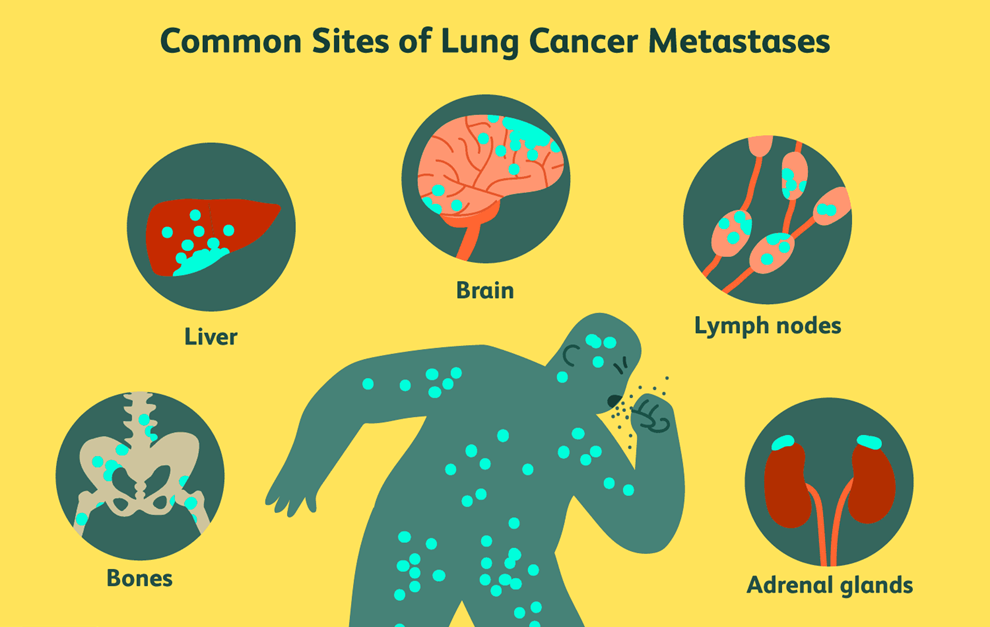A nurse is caring for a client who has a new diagnosis of metastatic lung cancer. The client states, "I can't think about that until after my first grandchild is born next week." The nurse should identify the client's statement as indicating the maladaptive use of which of the following defense mechanisms?
Suppression
Compensation
Regression
Sublimation
The Correct Answer is A
Choice A reason:
Suppression is a conscious defense mechanism where an individual intentionally avoids thinking about disturbing thoughts or feelings. In this case, the client is choosing to delay addressing the reality of their diagnosis until after a significant family event. This can be seen as a temporary coping strategy to manage overwhelming emotions, but it may become maladaptive if overused or if it prevents the client from seeking necessary treatment and support.
Choice B reason:
Compensation involves overachieving in one area to make up for deficiencies in another. The client's statement does not suggest that they are trying to compensate for their illness by excelling in other areas of life; rather, they are postponing the emotional processing of their diagnosis.
Choice C reason:
Regression is a return to earlier stages of development and coping strategies, often under stress. The client's statement does not indicate a regression to more childlike behaviors or earlier developmental stages.
Choice D reason:
Sublimation is a way of channeling unacceptable impulses into socially acceptable actions. The client's statement does not reflect the use of sublimation, as they are not redirecting their feelings about the diagnosis into a different, more acceptable outlet.

Nursing Test Bank
Naxlex Comprehensive Predictor Exams
Related Questions
Correct Answer is C
Explanation
Choice A reason:
Offering the client advice about various treatment choices is not the most appropriate action for a nurse to take immediately after a terminal diagnosis. While it is important to discuss treatment options, the timing of this discussion should be sensitive to the client's emotional state. The nurse should provide support and allow the client to lead the conversation about treatment when they are ready.
Choice B reason:
Discouraging the client from forming new relationships is not a supportive action. It is important for individuals facing a terminal illness to feel connected and supported. Encouraging the client to maintain and form new relationships can provide emotional support and improve their quality of life.
Choice C reason:
Allowing the client unlimited time for the grieving process is essential. Grief is a personal experience and can vary greatly in duration and expression. The nurse should support the client through their grief, providing a safe space for them to express their emotions and move through the grieving process at their own pace.
Choice D reason:
Changing the subject when the client becomes upset is not a therapeutic communication technique. It is important for the nurse to acknowledge the client's feelings and provide a supportive presence. The nurse should listen actively and empathetically, allowing the client to share their concerns and emotions.
Correct Answer is {"dropdown-group-1":"A","dropdown-group-2":"C"}
Explanation
The nurse should identify that the client’s diagnostic results and abdominal examination are consistent with sexual assault.
Choice A: The diagnostic results show a positive test for GHB (gamma-hydroxybutyric acid). GHB is a central nervous system depressant that is commonly referred to as a “club drug” or “date rape” drug. It is often used in cases of drugging and sexual assault due to its euphoric and calming effects at low doses. Larger doses can cause loss of consciousness and a type of short-term memory loss known as anterograde amnesia4. These effects have led sexual predators to use GHB as a date-rape drug.
Choice B: The client’s blood pressure is 128/88 mm Hg, which falls within the normal range of 90/60 mmHg to 120/80 mmHg. Therefore, the blood pressure does not provide any specific indication of sexual assault.
Choice C: the abdominal examination reveals tenderness, which could be a result of the assault. This, along with the client’s statement and physical signs such as bruising and broken fingernails, supports the client’s claim of sexual assault.
Choice D: The client’s temperature is 37°C (98.6°F), which is within the normal body temperature range of 97.8°F to 99.1°F (36.5°C to 37.3°C). Therefore, the temperature does not provide any specific indication of sexual assault.
Choice E: While the presence of GHB in the client’s system is a significant finding, it is part of the diagnostic results rather than a separate drug assessment. Therefore, this choice is not as accurate as Choice A (Diagnostic results).
Whether you are a student looking to ace your exams or a practicing nurse seeking to enhance your expertise , our nursing education contents will empower you with the confidence and competence to make a difference in the lives of patients and become a respected leader in the healthcare field.
Visit Naxlex, invest in your future and unlock endless possibilities with our unparalleled nursing education contents today
Report Wrong Answer on the Current Question
Do you disagree with the answer? If yes, what is your expected answer? Explain.
Kindly be descriptive with the issue you are facing.
